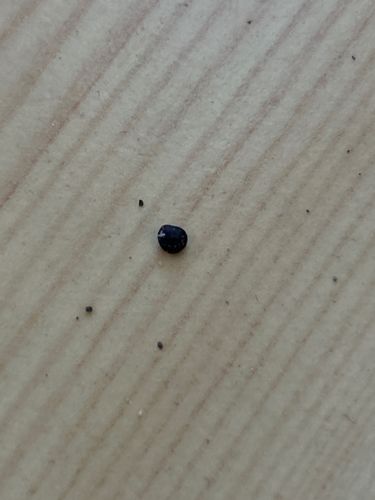Spider Beetle
Scientific Name: Ptinidae (family)
Order & Family: Coleoptera: Ptinidae
Size: 1 to 5 mm

Natural Habitat
Dark, undisturbed areas in structures, such as pantries, basements, attics, wall voids, and warehouses. They are often found in or near stored food products, animal nests, or accumulations of organic debris.
Diet & Feeding
Scavengers that feed on a wide variety of dried organic materials, including grains, flour, seeds, dried fruits, spices, wool, feathers, hair, dead insects, and animal droppings (frass).
Behavior Patterns
Primarily nocturnal. When disturbed, many species will pull in their legs and antennae and 'play dead,' resembling a small seed or a ball of dirt. The larvae are the primary feeding stage, while adults are focused on dispersal and reproduction.
Risks & Benefits
Spider beetles are considered stored product pests. They can contaminate food and other organic goods, rendering them unfit for consumption or use. They do not bite, sting, or transmit diseases to humans and are not known to cause structural damage to buildings.
Identified on: 11/7/2025